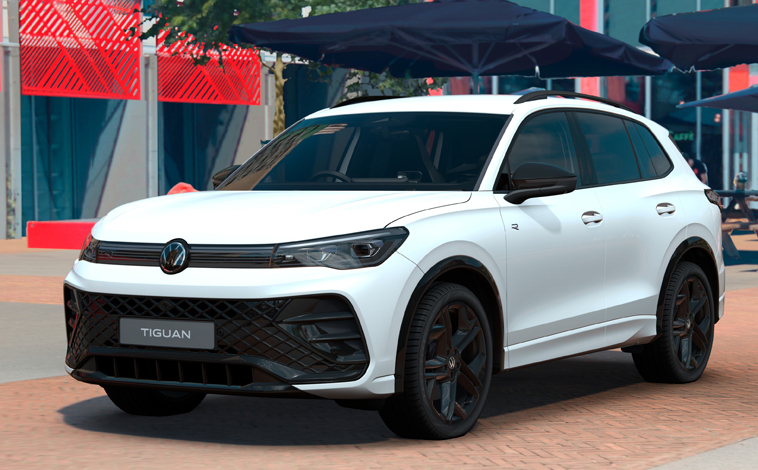Toyota helps keep Paralympics moving
September 9, 2024
In recent weeks the Olympic and Paralympic Games have been a major highlight and made for compelling viewing.
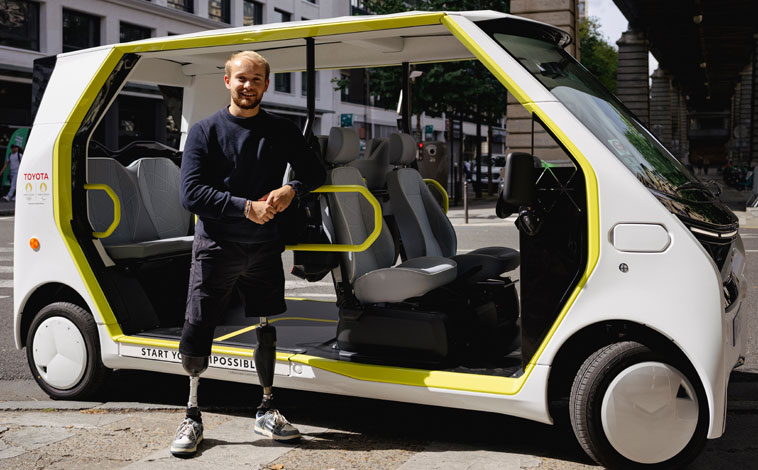
Anyone watching the TV coverage would have noticed the amount of Toyota advertisements on display as they were one of the main game’s sponsors. As such, they needed to ensure everything was just right to help Paralympians and supporters get about in a safe and efficient manner.
So, ahead of the opening ceremony of the Paralympic Games in Paris, Billy Monger, the TV presenter and racing driver, visited the Inclusive Mobility Park to trial a range of Toyota’s mobility solutions. These were used over the course of the Games, to ensure ease of movement around Paris for Paralympians, spectators and officials with mobility needs. The range included concept mobility vehicles for individuals and groups, such as Accessible People Movers, wheelchair pullers that can reach speeds of up to 40kmh and wheelchairs that can drive autonomously or even climb stairs.
The aim of the Mobility Park was for Toyota to promote inclusive mobility for all – its vision as it transitions to become a mobility company. In total, Toyota provided 700 personal last-mile mobility products to ensure that athletes, volunteers and organisers had access to the most inclusive and sustainable mobility fleet ever seen at the Olympic and Paralympic games.
The mobility vehicles Billy Monger trialled included concepts from companies supported by Toyota Open Labs, an open innovation platform that brings together start-ups with business units across the Toyota ecosystem, to help shape the future of mobility.
These included the Yosh-E, which is a third wheel electric puller for manual wheelchairs co-developed by Toyota and Austrian company Klaxon. It clips onto the front of a manual wheelchair, converting it into a battery-powered electric vehicle, giving more freedom to move. Around 200 Yoshi-E pullers were used during the Paralympic Games Paris and 150 were used during the opening ceremony.
Monger said: “In previous Paralympic Games lots of the athletes didn’t go to the opening ceremony as they didn’t want to risk tiring themselves out, so devices like this meant they could attend without worrying – a bit like saving your legs a couple of days before a marathon.”
The C+ Walk is an easy to operate 100 per cent battery electric three-wheeled vehicle designed to be used in walking areas and available in either a standing or seated format. During the Paralympic opening ceremony, a total of 40 C+ Walk vehicles were used.
The Genny is a self-balancing personal battery electric transporter that empowers people with reduced mobility to move freely. It sets a new benchmark in micro-mobility, moving beyond traditional four-wheeled vehicles.
Monger said: “This is really clever and really intuitive, as you lean your upper body forwards to make the Genny move, back to brake and lean left or right to steer. Once you’ve got the hang of it, it’s really fun and agile.”
Then there was the Eppur, which is a braking system for manual wheelchairs which reduces the user’s braking effort by 80 per cent. Instead of using the friction of their hands against the wheelchair wheels to slow down or stop, light pressure is applied to the outer rim, which applies a brake. The wheels are compatible with many different types of wheelchair.
Klaxon Twist is a versatile propulsion system for wheelchairs, with a small wheel, electric motor, and battery. It can provide extra power when needed, to either pull or push a wheelchair.
Monger tried Eppur on a slope and said: “This is going to be hugely useful for wheelchair users, especially on slopes or on slippery surfaces such as gravel, reducing the callouses they often get from effectively using their hands as brake pads.”
The Toyota Juu is an electric wheelchair prototype from Toyota that can autonomously climb stairs up to 16cm in depth while the user remains seated. It empowers wheelchair users to explore previously inaccessible places, unlocking new possibilities in independent mobility.
The Whill is a last mile electric wheelchair supported by Woven Capital, the $800m investment arm of Toyota Motor Corporation, designed to autonomously transport those with mobility needs around airports, hospitals, and the Paralympic Games. A total of 11 different commercial projects using Whill are currently underway.
Monger tested the controls: “Once you see it is connecting on the control panel, it pops up with the location it’s going to take you to, you confirm that you want to go and shortly you’re on your way without doing anything, hands are off!”
The Accessible People Mover is an electric vehicle that is accessible for wheelchair users and those with mobility needs, and a total of 250 APMs were used to transport athletes and supporters in and around the Athlete’s Village and competition sites in Paris. The vehicle can seat up to six people including the driver and can be modified to accommodate wheelchair users.
Monger commented on the Inclusive Mobility Park: “It was very interesting for me to see the different mobility devices, which are all unique in their own way. Initially, some were more challenging to get the hang of than others but they were all really impressive. The main thing I took away is the fact that the devices that Toyota provided for the athletes are really beneficial, as during the opening ceremony there are moments when the athletes will be reluctant to use energy, as they’ll be saving it for their events. A broader perspective is that if someone is tired or questioning whether to go and see different parts of the city, these devices will enable them to get the full experience of seeing the city of Paris.”
Latest News
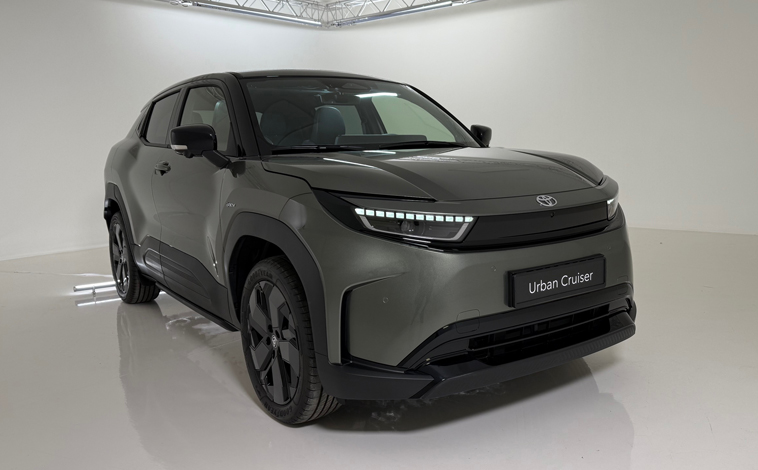
Toyota unveils its new Urban Cruiser
Toyota has officially launched its all-new compact SUV, the Urban Cruiser, at its [...]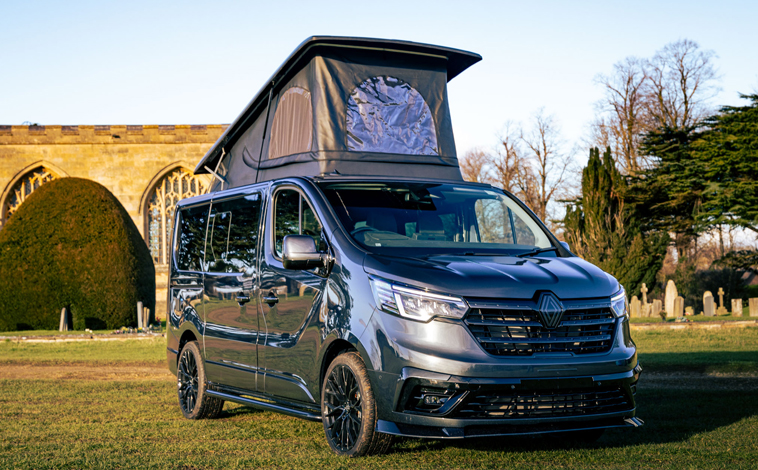
Carry on camping with Renault Trafic
The Renault Trafic is proving the perfect model for a brand new, off-grid, [...]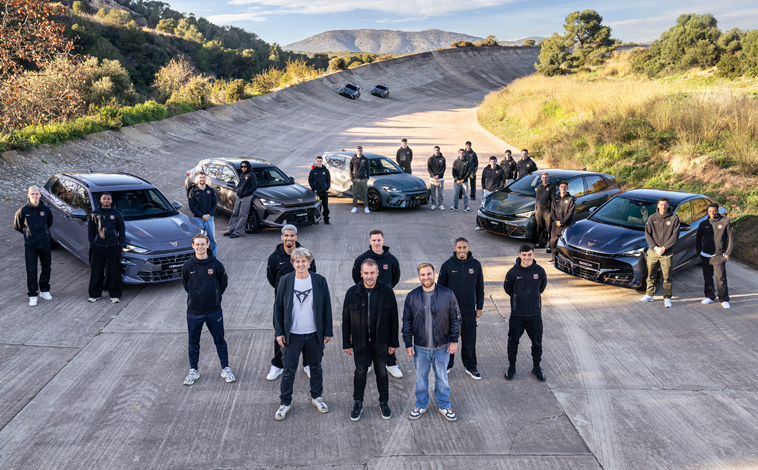
Barcelona players go track racing
Barcelona men’s football team players customised their new CUPRAs, after testing them during [...]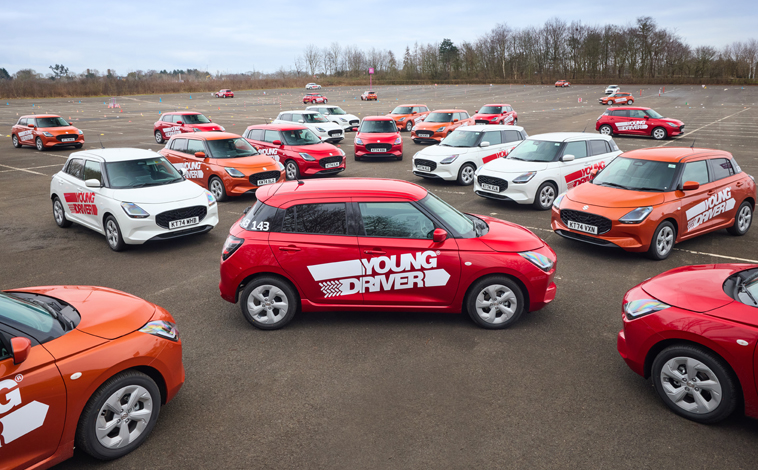
Suzuki Swift to Young Driver’s rescue
Young Driver, the UK’s foremost under-17s driver-training company, has just taken delivery of [...]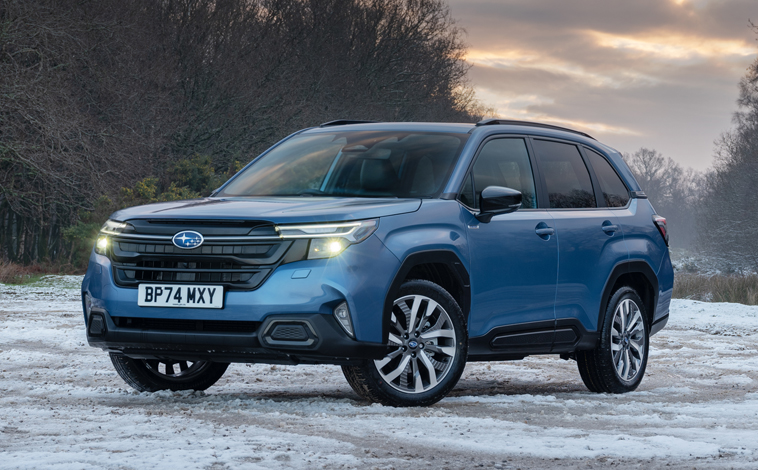
New Subaru Forester is right on track
Subaru UK & Ireland has announced the pricing and specifications for the all-new, [...]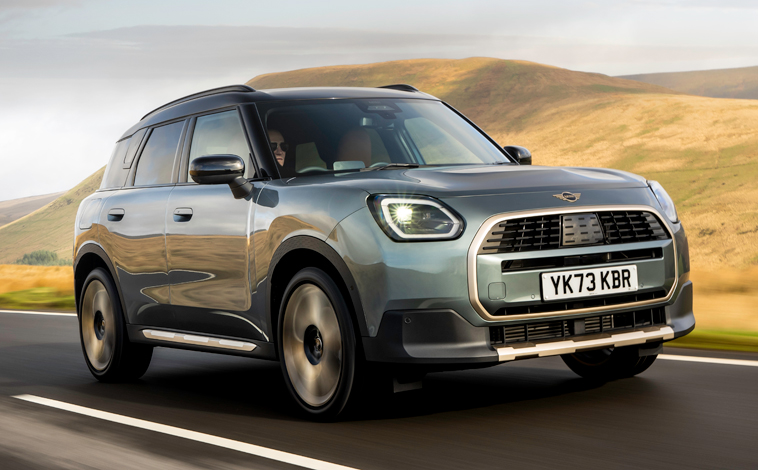
Optional upgrades for the MINI family
Following the successful launch of the new MINI family, a range of additions [...]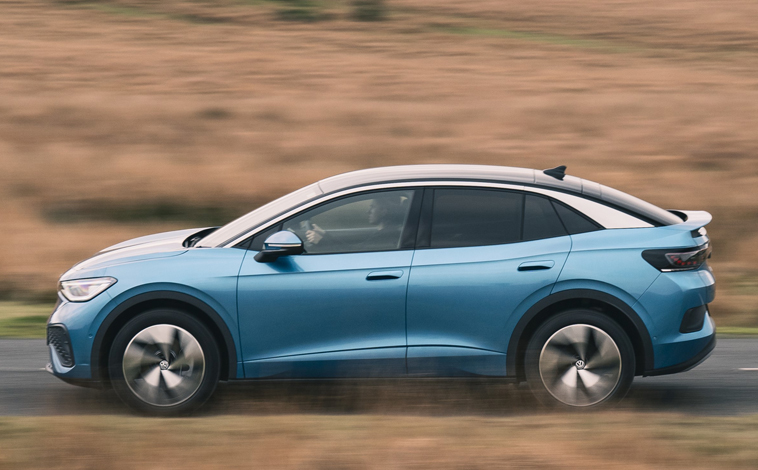
Save £1,000 when ordering a new VW EV
Anyone ordering a new Volkswagen electric vehicle between now and March 3 this [...]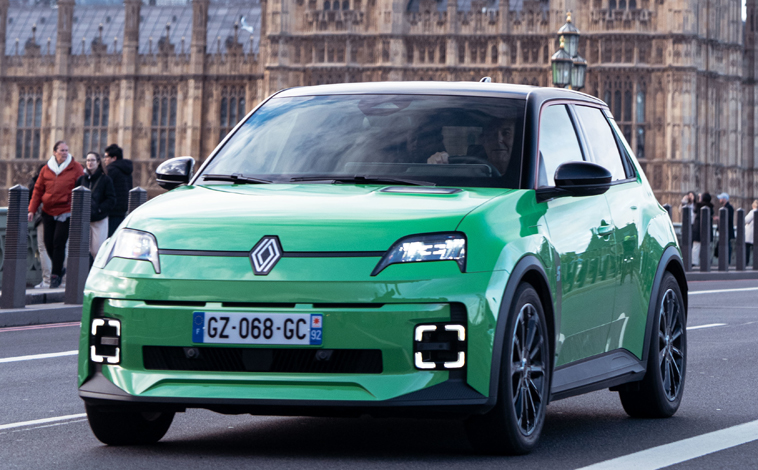
Get priority access to the new Renault 5
The Renault 5 E-Tech electric is available to order for R-Pass customers, giving [...]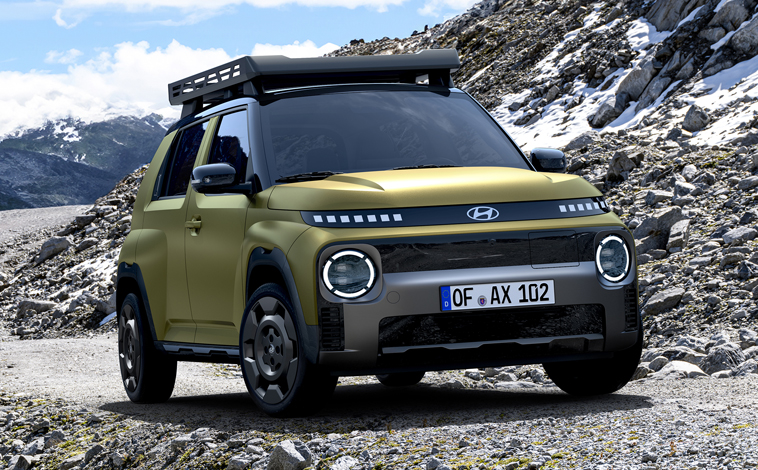
Inster Cross has an adventurous side
Hyundai has announced pricing and specification for the Inster Cross, the all-new EV’s [...]
WWCOTY announces its finalists for 2025
The Women’s Worldwide Car of the Year (WWCOTY) has announced the winners of [...]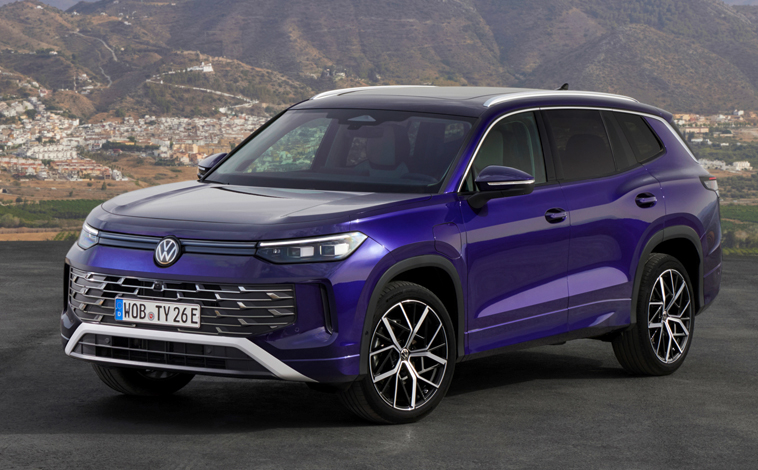
Prices announced for VW’s new Tayron
The all-new Volkswagen Tayron goes on sale in the UK on January 9 [...]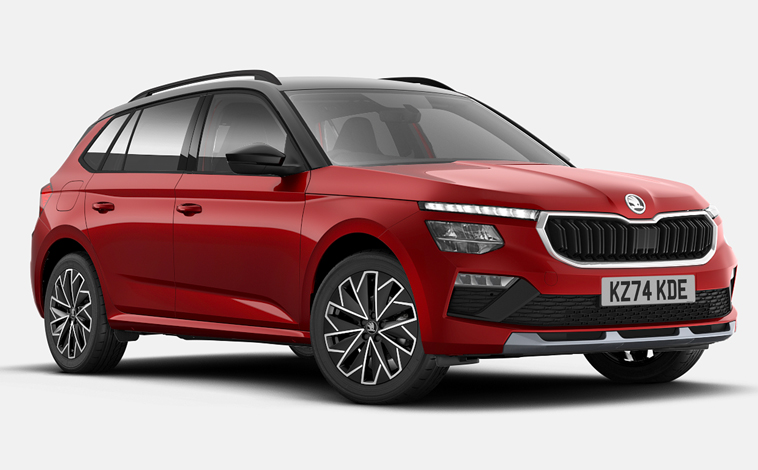
Skoda adds Design trim to Kamiq range
Škoda is building on the success of its award-winning Kamiq range by adding [...]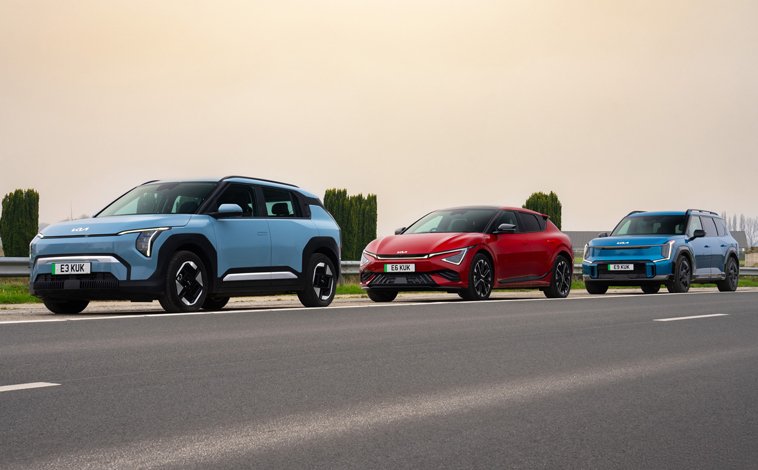
Kia celebrates 10 years of EV success
It’s incredible to think it’s been 10 years since Kia introduced its first [...]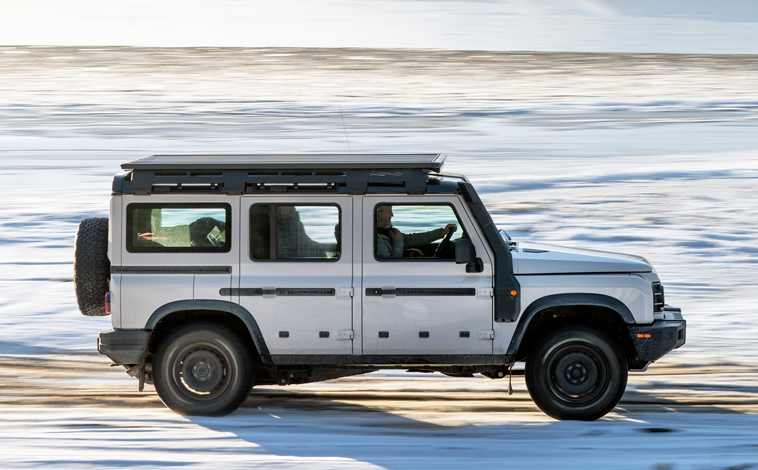
INEOS partners with mountain rescue
INEOS Automotive partnered with Scottish Mountain Rescue (SMR) to help the charity deliver [...]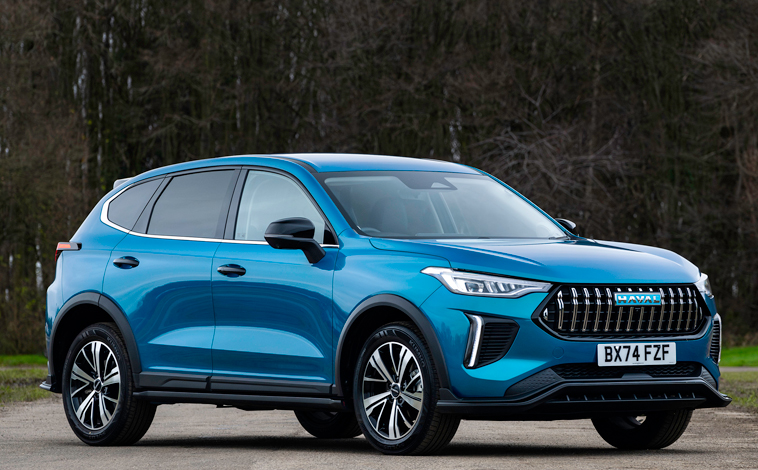
Prices revealed for BYD SEALION 7 model
BYD has announced the UK pricing for the SEALION 7 which will start [...]